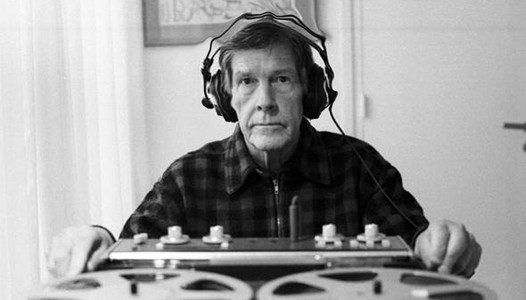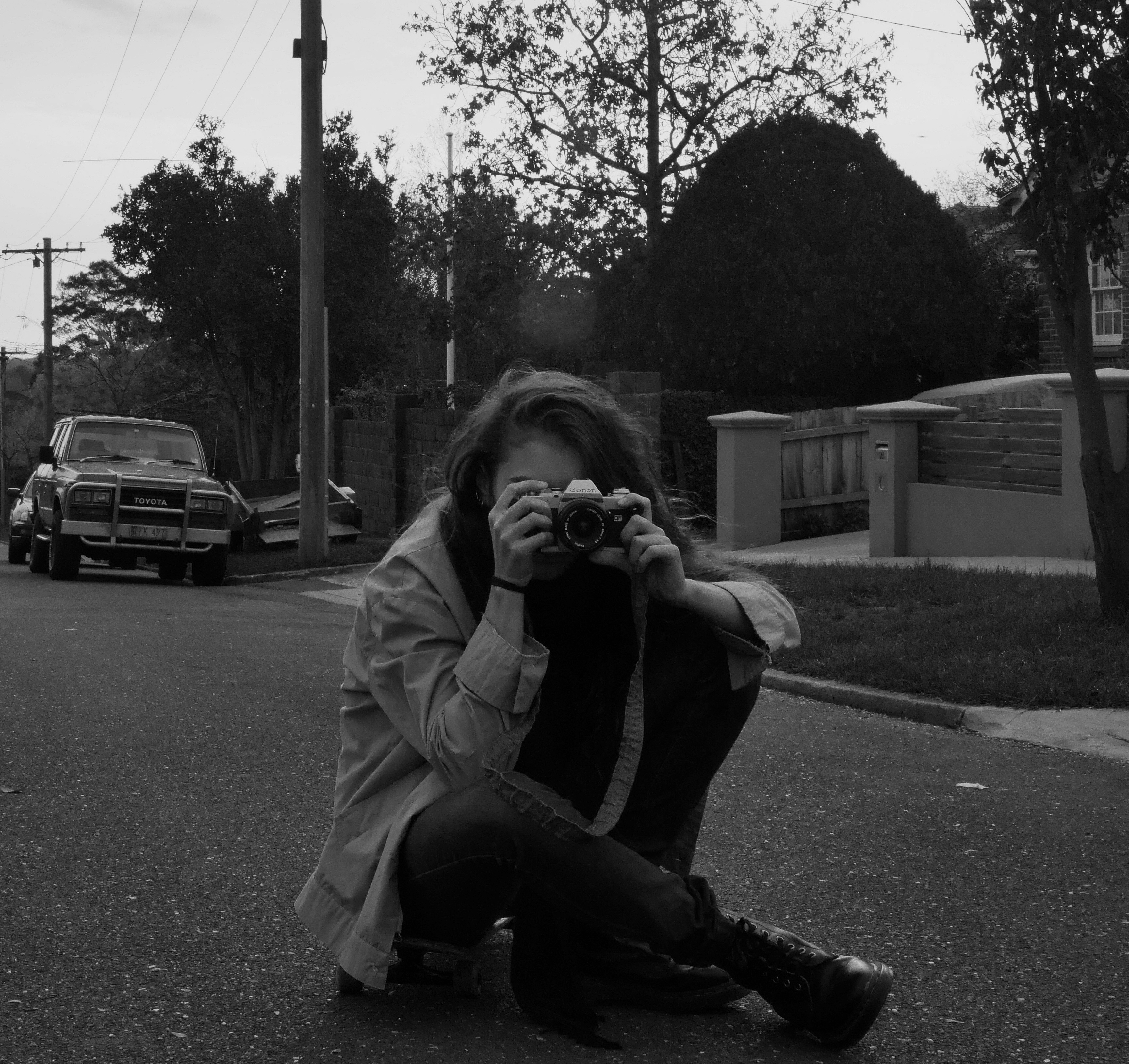WEEK 4 – Media Initiative ‘Sound’ (21/03/2016)
Since this week’s lecture focused on aspects of ‘Sound’ I’d like to link that to a current TV series I’ve been watching that takes careful consideration into what the audience hears, that’s right Daredevil (Season 2).
If you don’t know the main character in this TV series is blind which causes his senses to evolve using sound as a tool for being able to locate and observe his surroundings. This means an increase in diegetic sound effects especially when there are closeup’s of the protagonist’s face (as this is how we know what his thinking as we don’t always see what he sees when it comes to point of view as he sees nothing at all).
This series was created by Netflix using a well known and loved marvel character, and we know that in recent history Marvel seems to do no wrong when creating projects that seem to sell (take into account their most recent flick ‘Deadpool’ which grossed $340,941,383 US) but I find compared to the blockbuster movies we see on our big screen the netflix TV series brings something different into the comic book adaptions, It’s dark, edgy and the acting is well done but not only that I feel like it isn’t afraid to step out into the deep end whilst the big screen adaptions stay in shallow water.
I really admire the colour pallet used in this series; very dark, earthy tones- mostly blues and reds to be exact- these represent the overall mood of the show. Blue representing ‘good’ and the characters morals and red accentuating the violence. The image attached to this post is a good indication of these colours and the beautiful contrast they create esepcially since Matt’s Murdock’s (Daredevil) suit is red when he fights representing again the blood he spills whilst fighting.
I’m also glad the story line isn’t completely rushed and muddled- for example if we reflect on other comic book adaptions such as ‘The Amazing Spider man’ they try to squeeze as much action into the plot as possible- aiming probably towards a Hyper attentive audience although for many it’s just a puddle of jumbled mess. Overall I look forward to watching more of this program and taking into account how they use sound to describe their character as well as the cinematography and colors to represent mood. Until next time (check out the Daredevil Season 2 trailer below for more information on the show).

WEEK 4 – Media Self Portrait (2) (21/03/2016)
The self-portrait I created demonstrates particular aspects of my personality and lifestyle that I believe represent me the most accurately. The piece starts off quite simply with opening titles, I do enjoy a simple minimalist title as it keeps the piece clean and neat and adds to the overall artistic approach.
Firstly, I chose to add a short video and selected images of tickets, memories, photographs and trinkets that I keep on my bedroom wall. They are a reflection of my travels and experiences I chose to edit this in the way of a camera ‘clicking’ as it again represents the part of me that loves media and photography.
The piece then changes pace to a sound effect of static before I’ve added in a song that I recently wrote. The overlay for this song is jump cut footage of my synthesizer and music equipment- I believe it represents another aspect people know me well for; ‘music’.
I chose to complete this artistically, changing the video to black and white to represent a focus on the song and its lyrics. Further along in the video I chose to add in footage of myself lip syncing to the lyrics to make the words stand out.
I chose to add in/ record a segment of a song that I composed because I think it portrays my mind stuck in romanticism and always writing about love, life and things that make me feel alive.
Overall I really liked the start of my self-portrait but then worried as I created it the rest of it that It would be too artist and some people wouldn’t understand how it relates back to me, I’ve a very artist person I love colour and life hence why I wanted to portray a lot of floral into my piece as I’m always out and about collecting flowers whenever I can.
I really like the flow of movement and interpretation peoples body language which is why I used shadow to create a layer of artist movement towards the end of my piece, this paired with a calming sound of wind added an abstract element I really enjoyed editing together.
Also within my video I’ve added the last four lines to one of my favourite poems, Henry’s Sic Vita. It’s about the inevitability of death and man’s mortality I really like this poem and think it fits well with the flowers and the fading mirror/hand as to me it represents reflection something I do very often.
To make this piece better I would have loved to spend more time I think setting up shots and to add more angles in although there are still quite a few.
WEEK 4 – Media Lectorial ‘Sound’ (21/03/2016)
Media affordances; the term affordance was first used in 1977 by Psychologist JJ Gibson. “When applied in media production context it refers to the specific and unique attributes (or functions) that a medium may have.” That’s what the first part of this week’s lecture and readings focused on, sound in relation to media affordances. I’m one of those people who like to write down the definition where ever I can so that I know I’ll be able to remember it and what it means for future reference.
Example 1: Listening vs Hearing
‘A distinctive attitude or approach that can be brought to bear on a listening experience’.
Hearing – is perceiving sound innately
Listening – is actively/consciously choosing to interpret something, it requires concentration.
So this week’s lectorial delved deep into what sound what the components that made it up as well as how we interpret and process it (to hear it to experience air pressure changing). There were new terms I learnt that I hadn’t really come across very regularly such as ‘Psychoacoustics’ (a complex interaction of psychics, physiology, sensation, perception and cognition).
John Cage (1912-1992)
“American composer, music theorist, writer, and artist. A pioneer of indeterminacy in music, electroacoustic music, and non-standard use of musical instruments.” And that’s just a starting quote to lift us off. So why Cage was mentioned in the lectorial is due to his piece 4’33”.
This is a composition that was created in 1952 and is it the absence of deliberate sound, the idea is to be present in fact musicians state it is not four minutes and thirty three seconds of silence but rather focusing in on atmos in the environment heard by the audience during the performance. The piece was seen as controversial as it challenged the boarders of art and performance.

